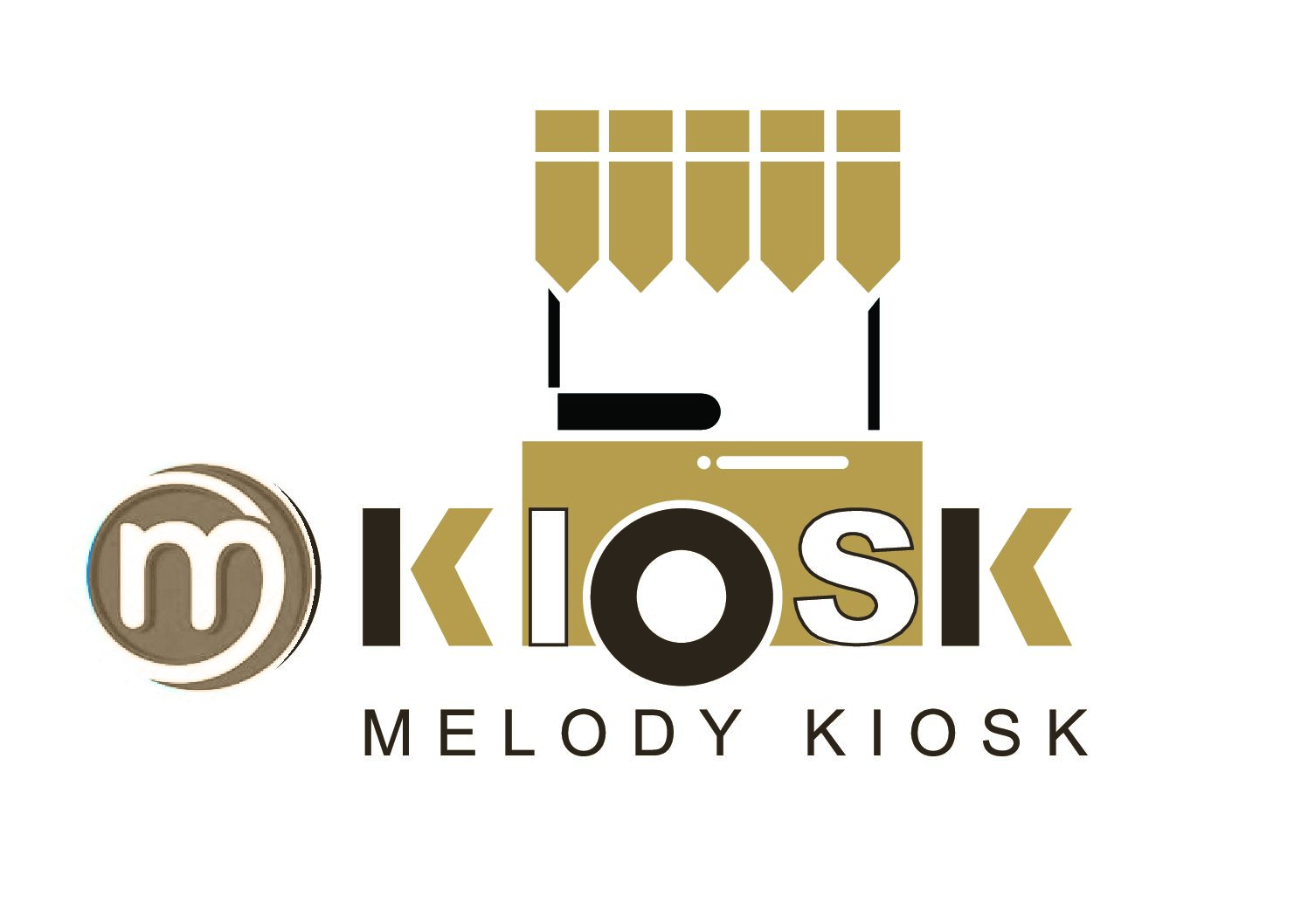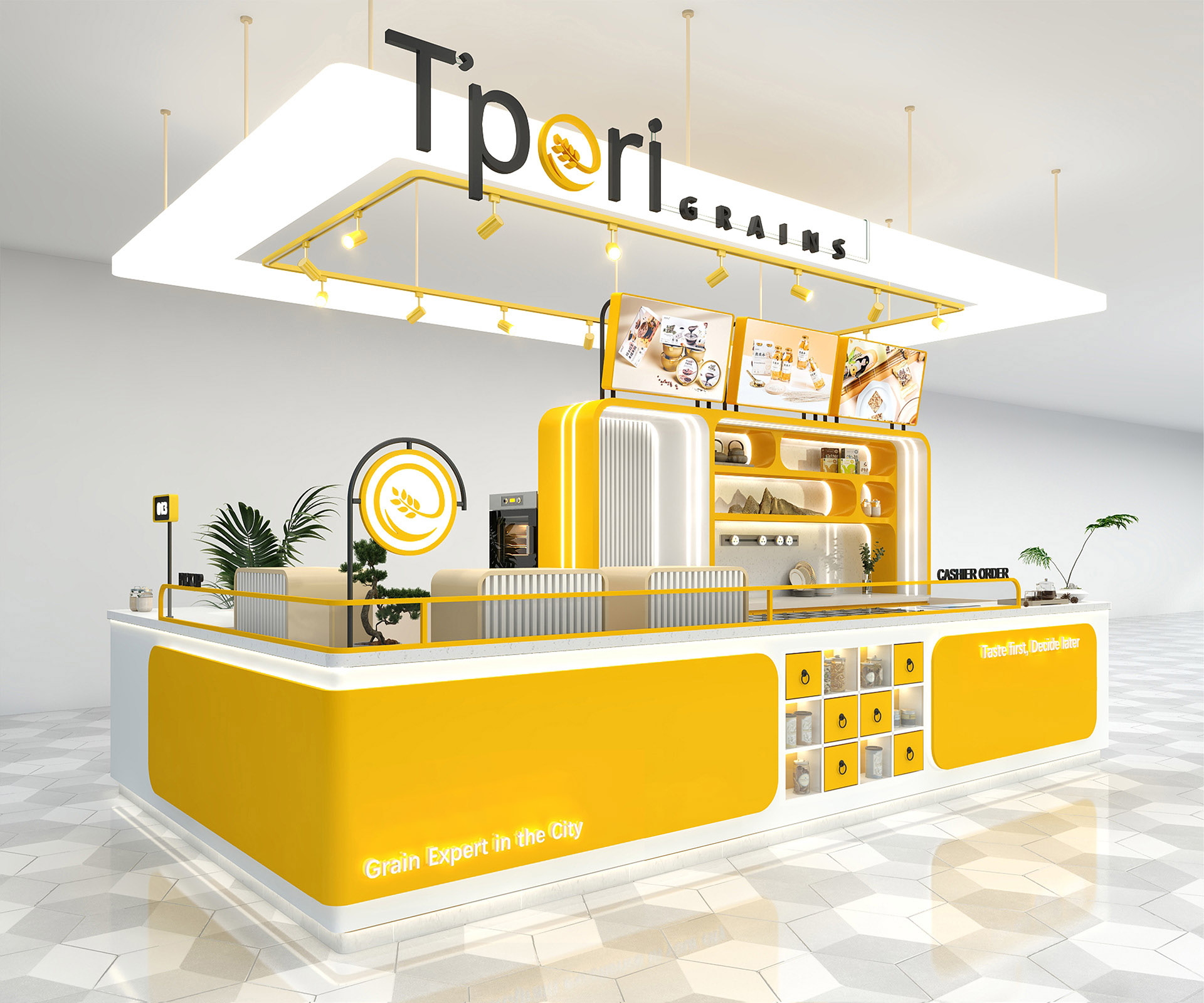A successful food kiosk is more than just a place to sell food; it’s a carefully designed space that attracts customers, builds brand loyalty, and drives sales. To achieve this, a deep understanding of your target audience and a strategic approach to design are essential. Knowing your customers is the cornerstone of successful kiosk design. Who are you trying to reach? What are their preferences, demographics, and buying habits? With this information, you can tailor your kiosk design to resonate with your ideal customer. Consider their age, gender, income level, dietary restrictions, and lifestyle. This knowledge will inform every decision, from the color palette to the menu offerings.
Consider the following:
-
Demographics: Age, gender, income level, and location.
-
Preferences: Food choices, dietary restrictions, and lifestyle habits.
-
Buying Behavior: How often do they visit food kiosks? What factors influence their purchasing decisions?
Location Matters: Finding the Perfect Spot
Location is another critical factor. A kiosk in a high-traffic area, such as a shopping mall, airport, or busy street, has a higher chance of attracting customers. However, visibility is equally important. Ensure your kiosk is easily spotted among other businesses. Additionally, analyzing the competition in the area can help you identify opportunities and differentiate your offerings.
Branding, Aesthetics and Services: Develop a Strong Impact
Your kiosk’s design should reflect your brand’s personality and create a lasting impression. A cohesive color scheme, typography, and signage are essential for building brand recognition. A well-designed layout enhances customer experience and maximizes efficiency. Consider factors like customer flow, point of sale placement, food preparation area, and storage when planning your kiosk’s interior.
Check out our latest food kiosk design for inspiration link
Leveraging Technology: In today’s digital age, technology can enhance the customer experience. Digital menu boards, mobile ordering, and contactless payment options can attract tech-savvy customers and streamline operations. Additionally, gathering customer feedback through surveys or online reviews can help you identify areas for improvement.
Crafting a Compelling Menu: The menu is your customers’ first impression of your food offerings. It should be visually appealing, easy to read, and accurately represent your products. High-quality images can tempt customers and encourage impulse purchases. Clearly displayed prices and highlighted specials can also boost sales.
Delivering Exceptional Customer Service: Providing excellent customer service is key to building a loyal customer base. Train your staff to be friendly, efficient, and knowledgeable about your products. A clean and well-maintained kiosk is essential for creating a positive impression. Consider implementing a loyalty program to reward repeat customers.
Measuring and Improving Performance: To measure the success of your food kiosk, track key performance indicators (KPIs) such as sales revenue, customer traffic, average transaction value, and customer satisfaction. Analyzing these metrics will help you identify trends and make data-driven decisions to optimize your kiosk’s performance.

